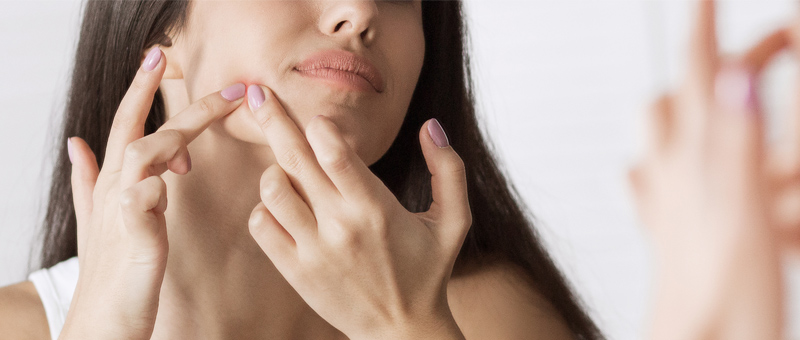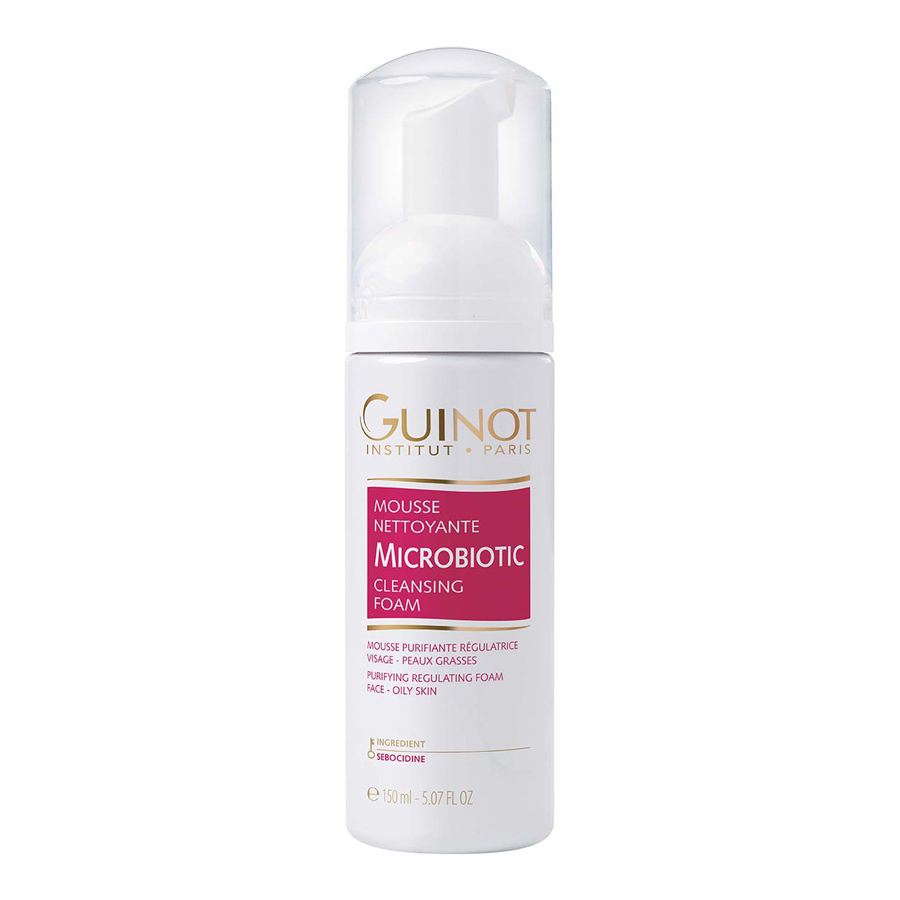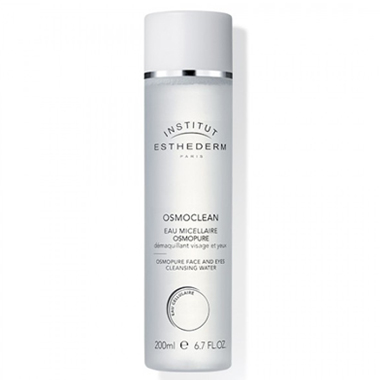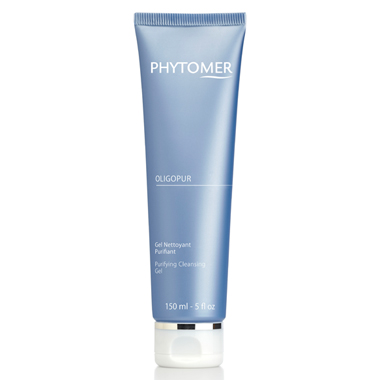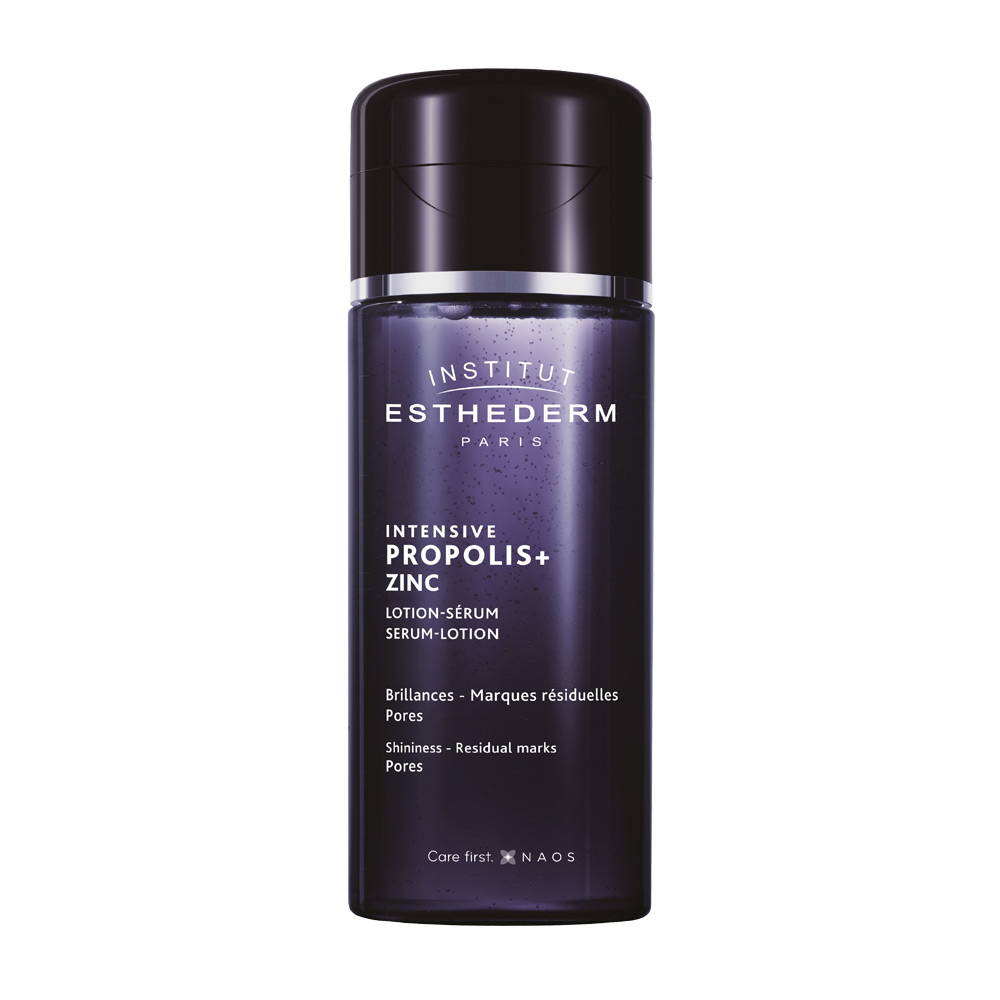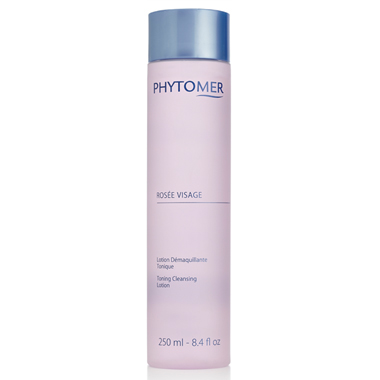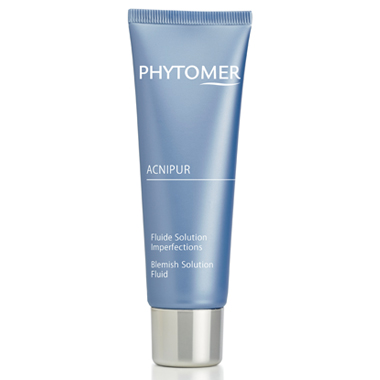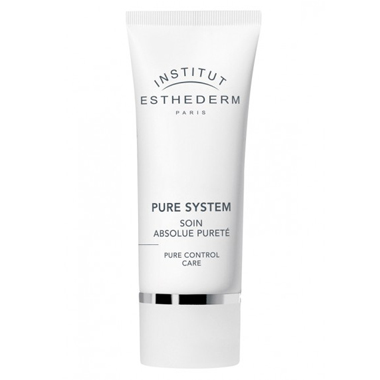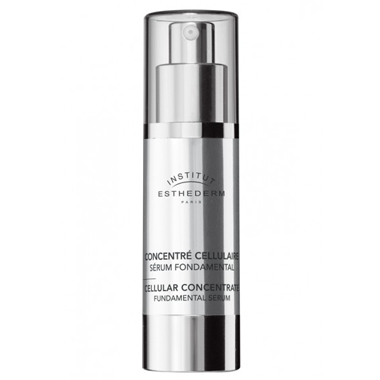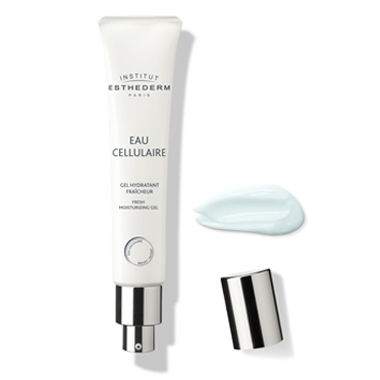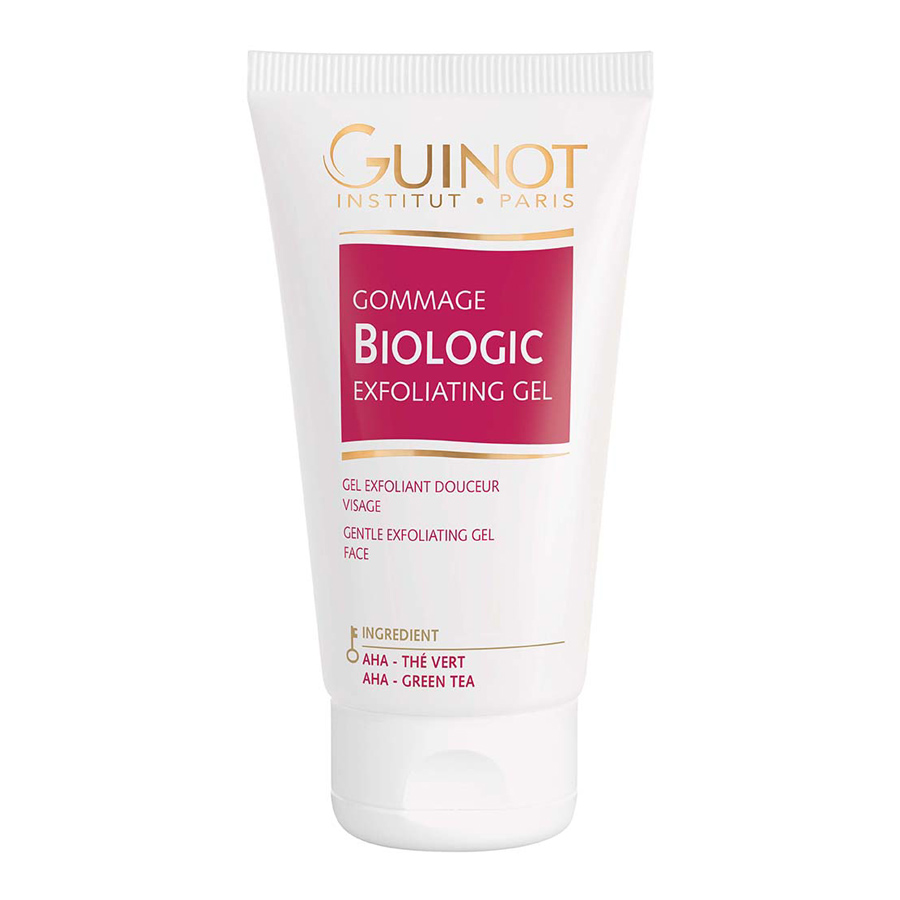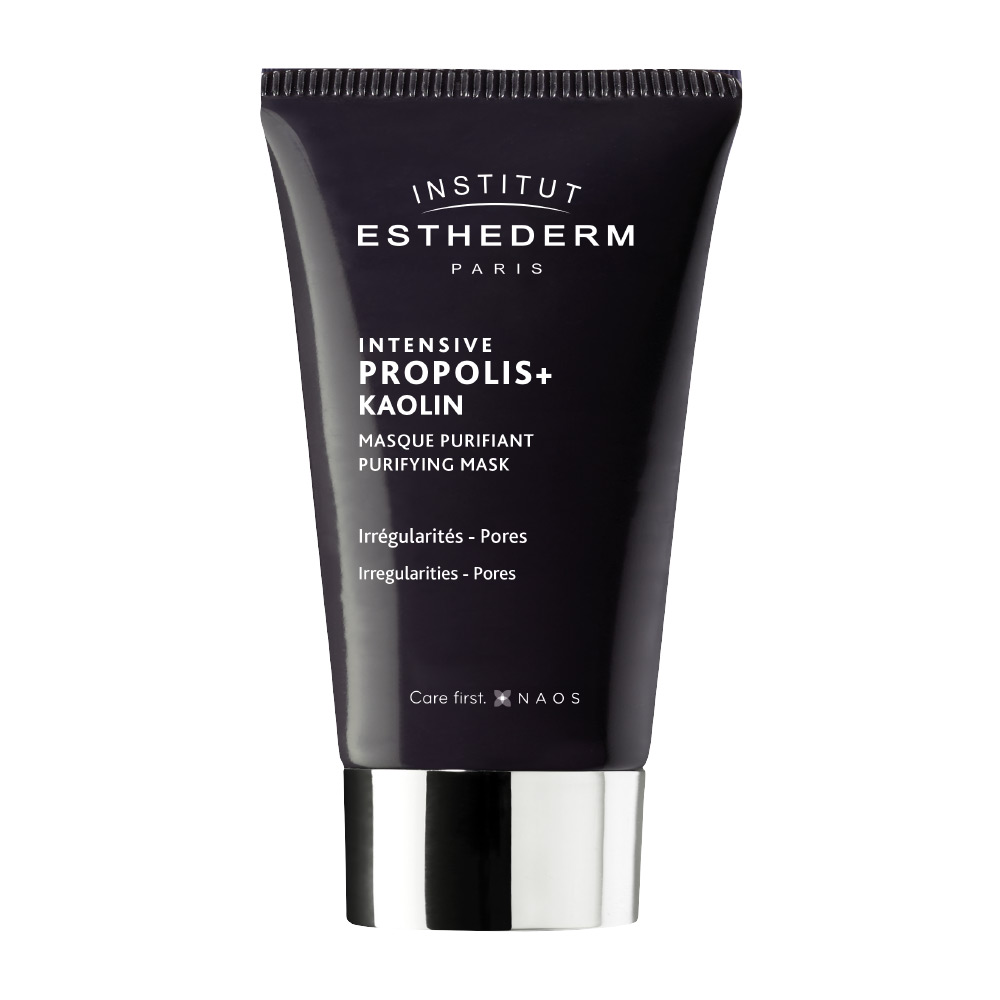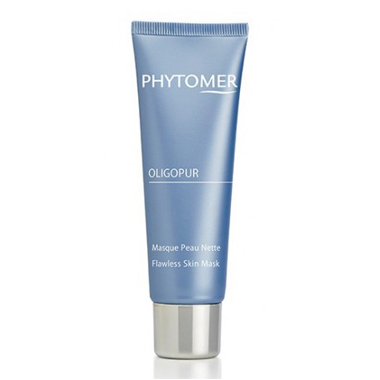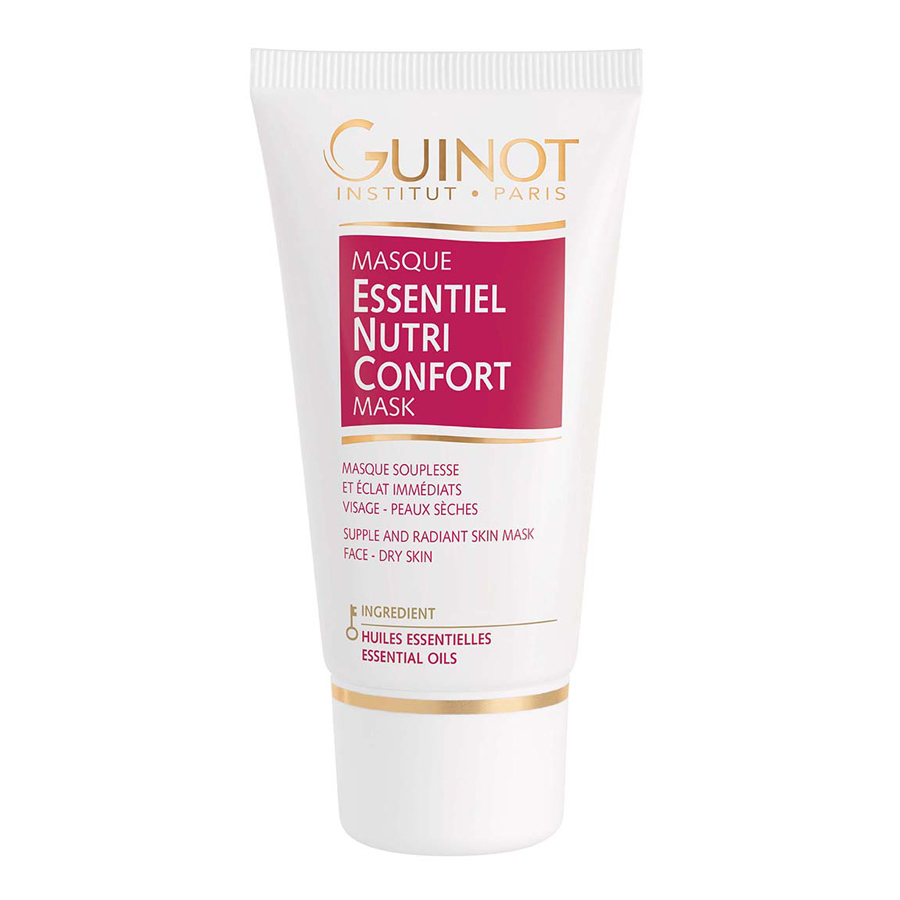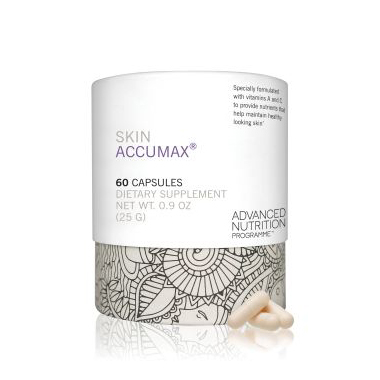Ah, the wonders of adolescence. Best friends, first-time experiences, growth spurts… and breakouts! While a lot of people tend to get acne in their teen years as a result of surging hormones, this all too common skin issue can affect people of all ages.
The good news? As your skin matures, you mature along with it! So let’s put all that wisdom to good use and figure out the root causes of acne… and the best tools and treatments to get rid of it for good.
The different causes and types of acne in teens and adults
Acne is a true chameleon. It can appear in many different forms, and at any stage of life. In young people, the first symptoms can appear as early as 9 to 12 years old and can last until 18 or 20. Just some of the triggers include genetics, hormones, stress, lifestyle, environment, cosmetics and diet. .
This dermatological condition has a nasty habit of showing up at the worst possible moments (high school graduation, anyone?!). But besides the surprise pop-ups, acne can also show up and stick around through different periods of our lives. And contrary to popular belief, it’s common for acne to develop in adulthood for the first time—at 20, 40 or even 70 years old. While pimples and blackouts can be caused by a bunch of different factors (like stress and hormones) in adolescence and adulthood, mature skin invites new players (hey, inflammation!) to the party.
Over the course of our lives, 80% of us will have to deal with acne at some point. And it’s a condition that affects men more than women.
Here are just a few of the different kinds of acne that can pop up: :
-
- Polymorphous juvenile acne;
- Inflammatory acne in adults;
-
- Hormonal acne (linked to the menstrual cycle);
- Cystic acne;
- Acne linked to other triggers (cosmetics, medication, contact, etc).
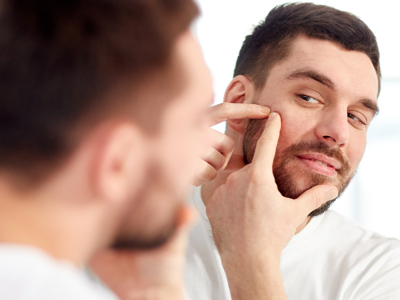
Are acne and hormones really inseparable?
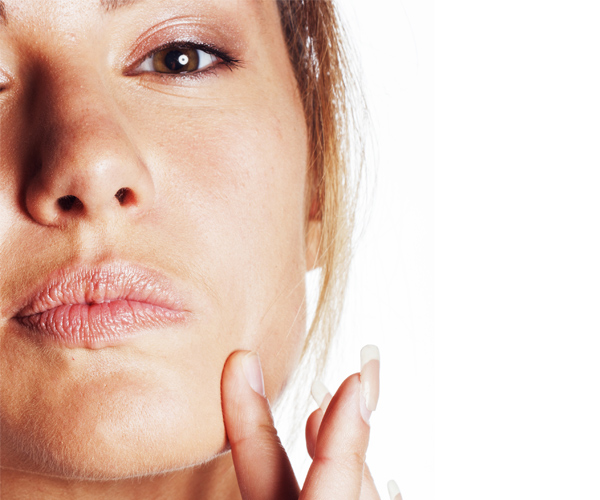
Sadly, just like Romeo and Juliet, the answer is a resounding yes
As a general rule, acne tends to appear in reaction to hormones, which are responsible for sebum production and bacteria in our skin
And because hormonal changes occur in our bodies at different times, it’s only normal that acne can show up all throughout our lives.
Signs of acne and skin types
In most cases, acne-prone skin has an oily appearance and is quite thick. Pores, on the other hand, are often enlarged, blocked or sometimes mixed. Symptomatic areas are typically more sensitive and prone to redness (two reactions triggered by inflammation). It’s also common to see residual marks appear, since the healing process takes place deep down in the skin.
Key ways to control your acne
During the first two to three weeks of treatment, it’s important to stay Zen (think yoga, hot baths and creamy coffees!). Remember to be patient, use the right products and treatments for your skin type and issue, and maintain a healthy lifestyle. The more vigilant you are with your treatment, the better the results will be.
Keep these key steps in mind:
CLEAN your skin with a very gentle cleanser. Repeat two or three times a day (morning, night and after working out).
TONE your skin with a bactericidal product (usually an oil) to help control sebum production.
HYDRATE with an oil- and silicone-free moisturizer to maintain the elasticity of your skin while preventing clogged pores. Skin that’s dehydrated will try to compensate by producing more oil.
To maintain results :
EXFOLIATE with gentle peels to scrub the surface of your pores. Reach for products with enzymes and AHAs and steer clear of anything containing harsh grains or that require too much scrubbing.
APPLY MASKS that calm the skin and help prevent pimples and redness. Masks can also help mattify the skin and brighten your complexion.
Skin-rescue treatments and products !
Dietary supplements :
Professionally developed by nutrition experts, Skin Accumax™ is a synergy of vitamin health! Vitamin A, vitamin C, vitamin E and phytonutrients that work from the inside out to promote healthy, radiant skin.
It’s a chemical-free, natural and medically proven product. It nourishes all the cells of the body and helps all areas of the skin to fight acne; face, chest, back and shoulders, without drying the skin.
It is the perfect complement to cosmetics.
Professional treatments:
Treatment: IPL (Intense Pulsed Light), laser or blue light
Treatment: EQlib acne control solution
Treatment: Chemical peel
For all acne problems, don’t hesitate to consult with our team of experts. They will recommend and help you to choose the best products and treatments or refer you to a health professional, if needed.

Banish acne breakouts in 10 easy steps :
1 – Avoid touching your face.
2 – Never pick or pop pimples and blackheads.
3 – Wash your face with a very gentle cleanser (rose water, Micellar water, gel for sensitive skin, etc.) 2 to 3 times a day.
4 – Drink plenty of water!
5 – Exfoliate with gentle peels containing enzymes or AHAs on a regular basis (and avoid harsh grainy products).
6 – Hydrate your skin with an oil- and silicone-free moisturizing gel or lotion (don’t use products that are too strong that can irritate or dry out the skin).
7 – Use oil- and silicone-free foundation or tinted moisturizer and apply with your fingers (powder-based products are best).
8 – Use mineral sunscreen for oily skin.
9 – Wash your pillowcases 2 or 3 times a week.
10 – Eliminate sweets, processed and greasy foods (like chips) and dairy products from your diet.
Acne is like love… there’s no age limit! And while one may be a lot more welcome than the other, both require your care and attention. So when it comes to your skin, dedication is a must!
English subtitles available
